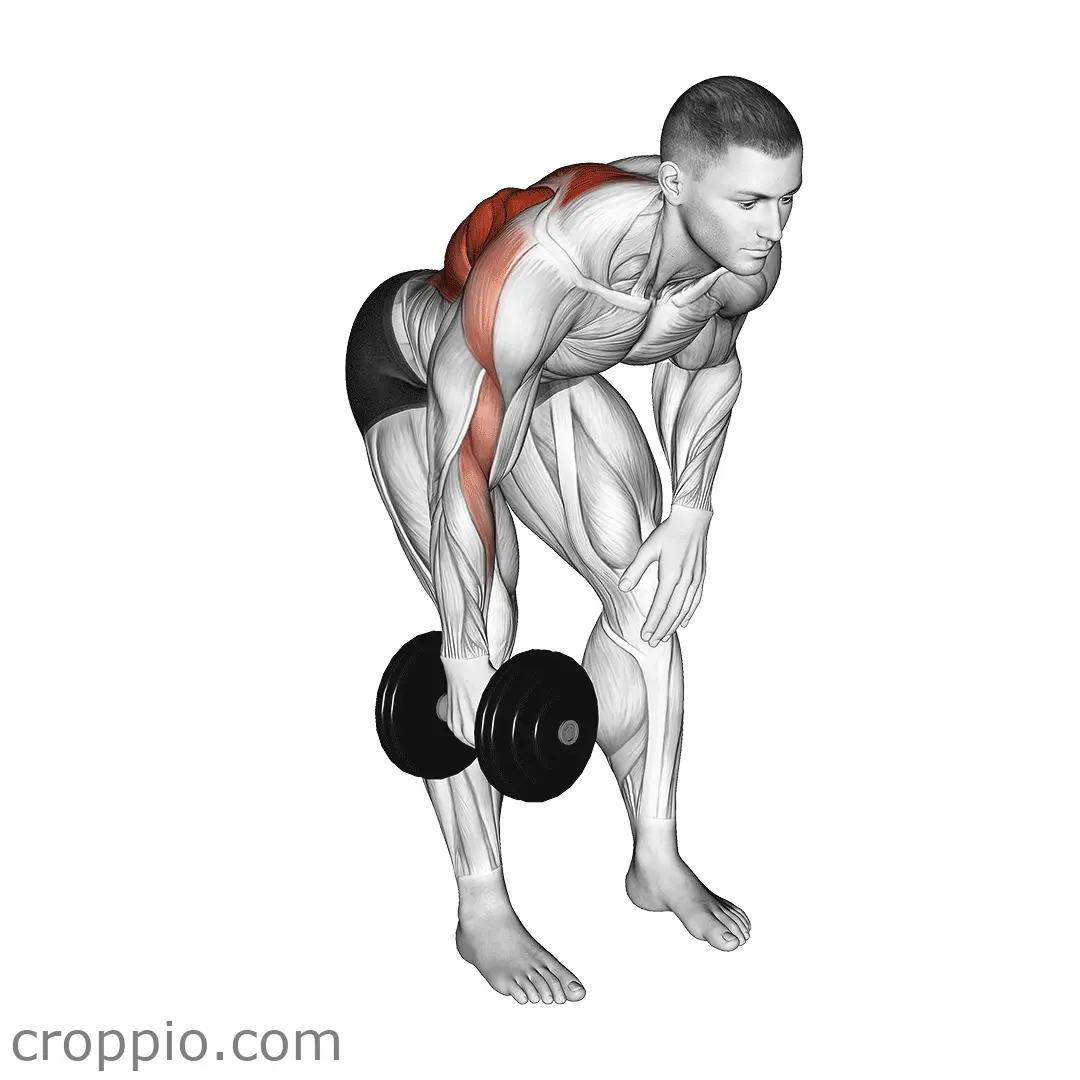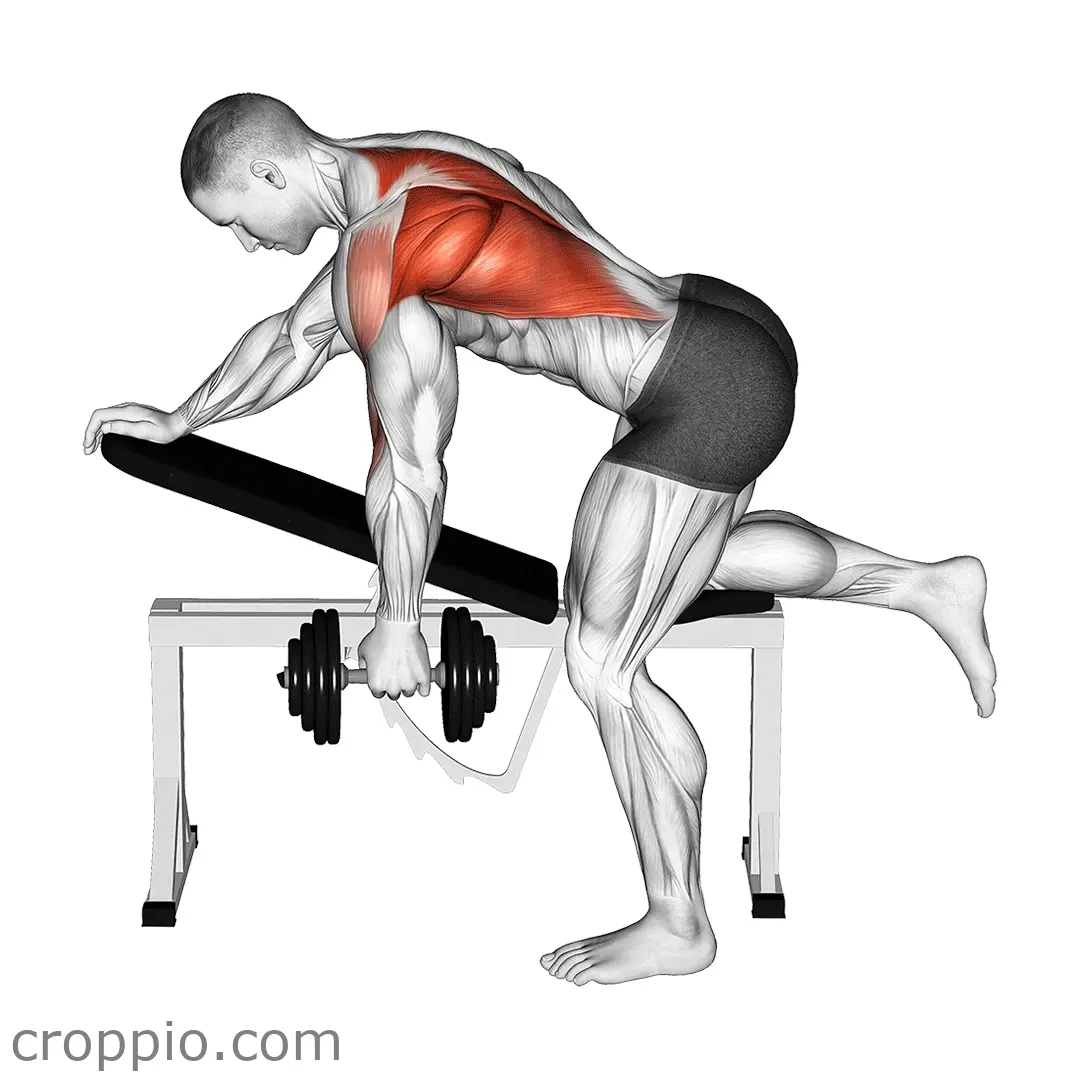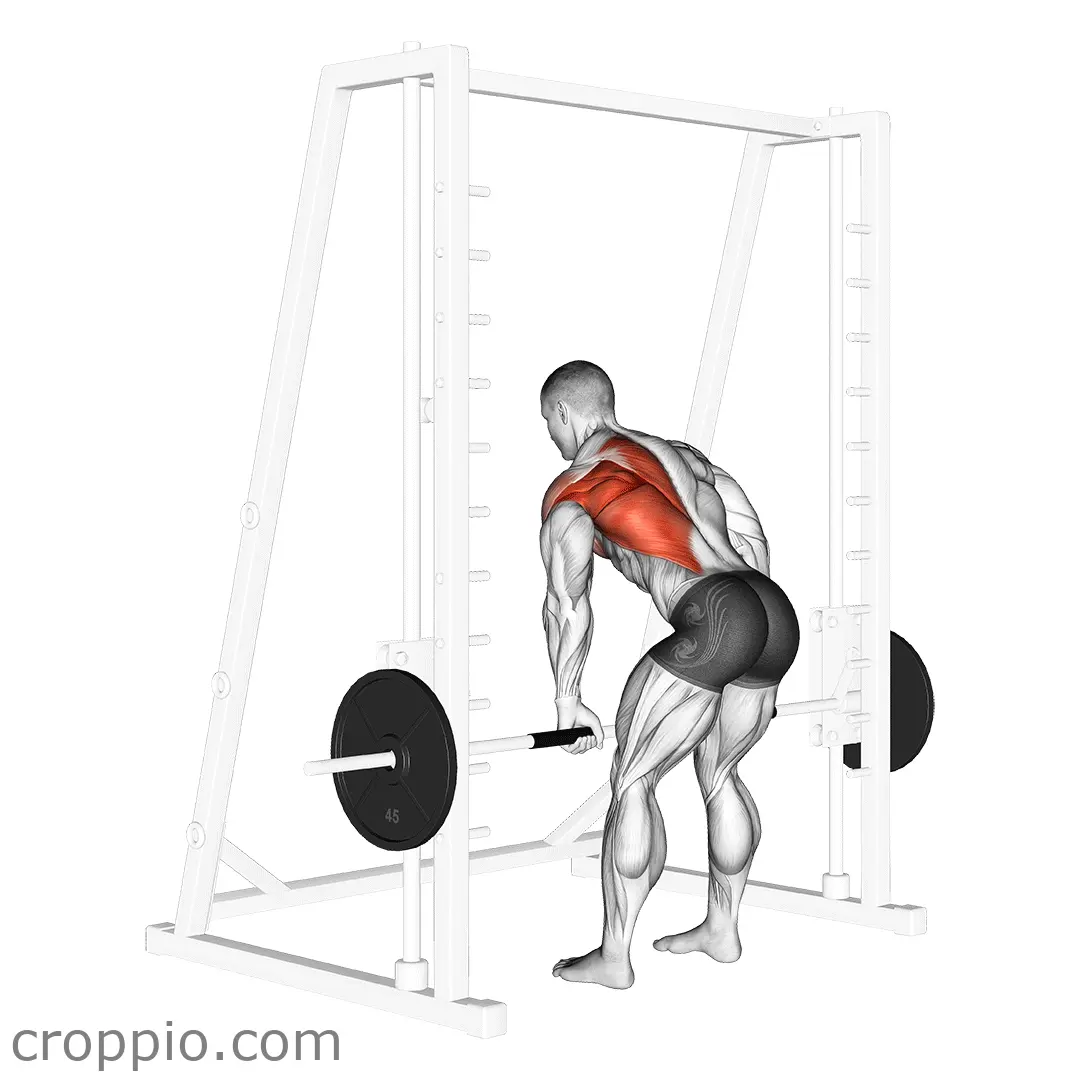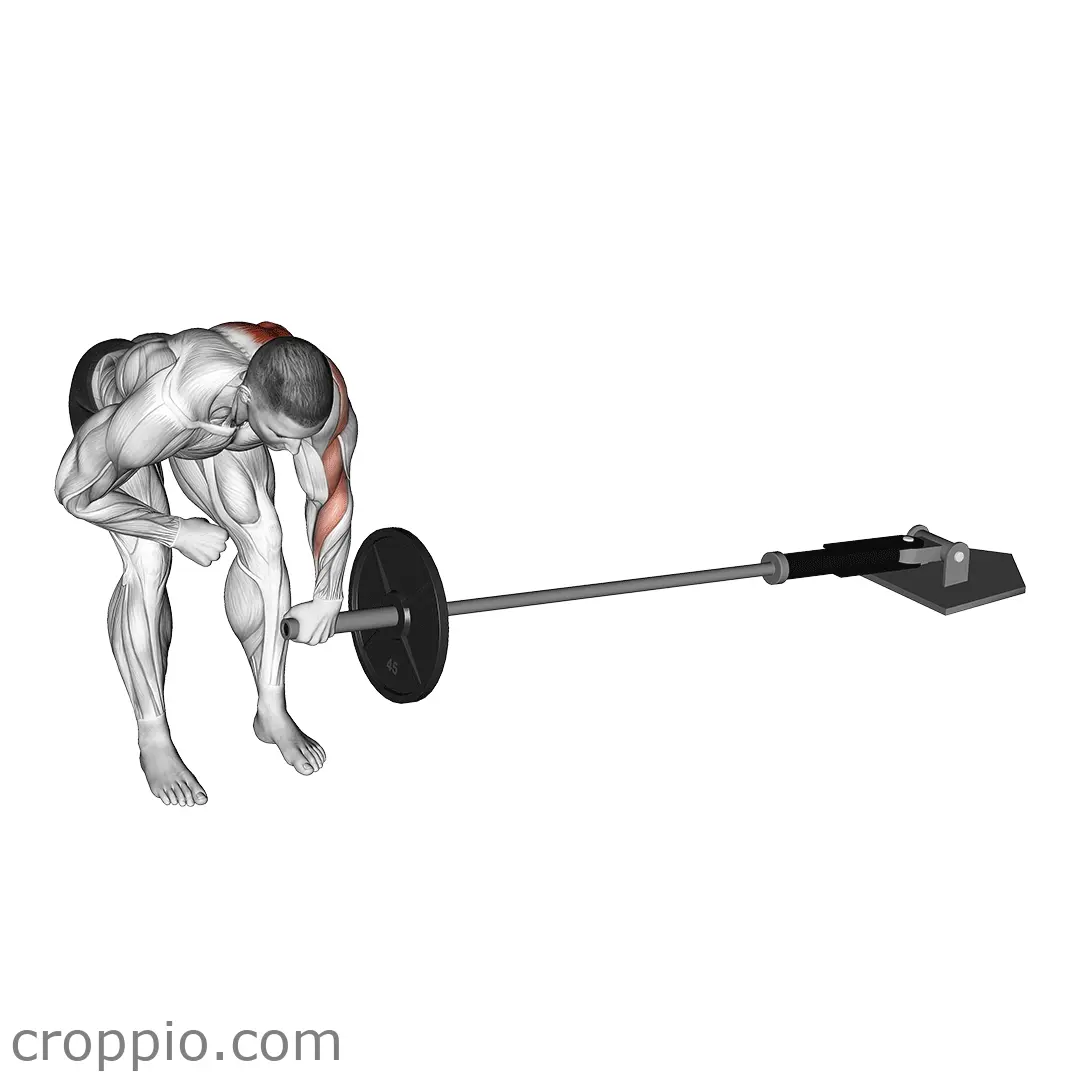Cable Underhand Row
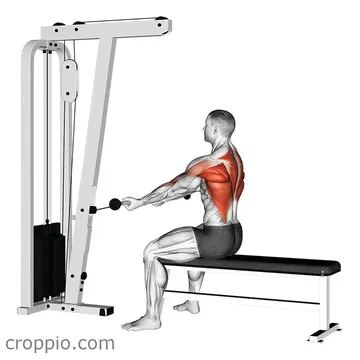
Muscles Involved
The cable underhand row primarily targets the latissimus dorsi, which is crucial for back width. Additionally, it engages the rhomboids and trapezius muscles, which help stabilize the shoulder blades. Secondary muscles involved in this exercise include the biceps brachii for elbow flexion and the rear deltoids that assist in shoulder extension. This combination of muscle engagement helps to enhance overall upper body strength and posture.
Top Mistakes
- Using excessive weight: Lifting too heavy may lead to compromised form and increase the risk of injury.
- Not maintaining a neutral spine: Rounding or overly arching the back detracts from the effectiveness of the exercise and can cause strain.
- Incorrect grip: Holding the cable handle too tightly or at an awkward angle can limit the effectiveness of the movement.
- Failure to engage core: Neglecting to brace your core can lead to instability during the movement.
Execution Tips
- Begin by setting the cable at a low position and attach a handle suitable for underhand grip.
- Stand facing the cable machine with feet shoulder-width apart and grab the handle with an underhand grip (palms facing you).
- Engage your core and pull your shoulder blades together while maintaining a slight bend in the knees.
- Pull the handle towards your abdomen, leading with your elbows and keeping them close to your body.
- Slowly return to the starting position, ensuring you don’t fully extend your arms to keep tension on the muscles.
Workouts
The cable underhand row can be effectively integrated into your upper body workout routine. Aim for 3 to 4 sets of 10 to 15 repetitions, focusing on maintaining proper form throughout. This exercise pairs well with complementary moves such as pull-ups, barbell rows, and face pulls, ensuring a comprehensive back workout. Additionally, scheduling this exercise early in your routine allows you to utilize maximum strength before muscle fatigue sets in.
Conclusion
The cable underhand row is a highly effective exercise for building a strong, well-defined back while also engaging the biceps. By focusing on muscular coordination and maintaining proper form, individuals can reap significant benefits in terms of strength, stability, and posture. Incorporating this exercise into a regular workout regimen supports overall fitness goals and enhances athletic performance.
